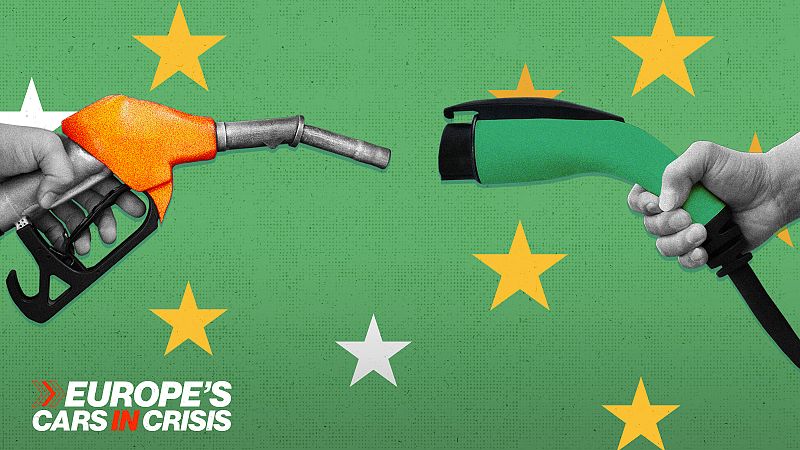
Europe's Automotive Industry Faces Existential Challenges
The European automotive industry is grappling with a confluence of factors that threaten its long-term viability. Stagnant sales figures, escalating energy costs, intensifying global competition, and a complex regulatory environment have created a perfect storm, pushing the sector toward a potential crisis. In response to these pressing concerns, European Commission President Ursula von der Leyen convened high-level discussions in Brussels with key automotive executives, marking the culmination of a series of critical meetings this year designed to address the industry's future.
The central question remains: can these emergency talks effectively prevent the looming disaster predicted by many industry leaders, or is Europe on the verge of losing its prominent position in global car manufacturing?
Reassessing Emissions Targets: A Call for Pragmatism
A central point of discussion revolves around the EU's ambitious emissions targets. While the industry reiterates its commitment to achieving zero emissions, there's a growing call for a more pragmatic approach to the CO₂ reduction pathway.
The argument isn't about abandoning environmental goals but rather about adjusting them to reflect current market realities, prevailing economic conditions, and the evolving geopolitical landscape. Manufacturers emphasize the substantial investments already made in electric vehicle (EV) technology and the introduction of numerous zero-emission models. However, they contend that policy and legislation must adapt to the changing world.
Obstacles to Green Mobility Transition
Several significant factors are hindering the transition to green mobility. These include:
- Insufficient Charging Infrastructure: A robust and readily accessible charging infrastructure is crucial for widespread EV adoption. The current infrastructure is inadequate to support the growing number of EVs on the road, leading to range anxiety and discouraging potential buyers.
- Lack of Consumer Incentives: Meaningful incentives are needed to encourage consumers to switch to EVs. These incentives could include tax breaks, subsidies, or other financial benefits that make EVs more affordable and attractive.
- Energy Grid Limitations: Significant upgrades to energy grids are necessary to handle the increased demand from EV charging. The existing grid infrastructure is not always equipped to handle the load, which can lead to power outages and other issues.
- High Energy Costs: Elevated electricity and energy costs significantly impact the affordability and appeal of electric mobility for the average consumer. Reducing these costs is essential to making EVs a viable option for a broader range of buyers.
These challenges are systemic and require a coordinated effort from policymakers, energy providers, and the automotive industry.
A Holistic Strategy for a Successful Transition
Ensuring a successful transition to green mobility requires a comprehensive and pragmatic EU strategy that extends beyond mere CO₂ targets. This strategy should encompass the following elements:
- Simplified and Flexible Regulations: Streamlining regulations and reducing bureaucratic obstacles are crucial for fostering innovation and accelerating the development of new technologies.
- Realistic Target Recalibration: Adjusting targets to reflect current market conditions and technological advancements is essential for ensuring that they are achievable and do not stifle industry growth.
- Long-Term and Consistent Incentives: Providing consistent incentives over the long term is necessary to drive consumer adoption of EVs and create a stable market for these vehicles.
- Technology Neutrality: Embracing a technology-neutral approach allows for the exploration of various solutions, including not only battery electric vehicles but also hydrogen fuel cells, synthetic fuels, and other innovative technologies.
- Integration with Broader EU Goals: Climate policy must be integrated with the EU's broader objectives of ensuring competitiveness, fostering job creation, and achieving strategic autonomy.
Ultimately, a successful transition to green mobility requires a collaborative effort from all stakeholders, with a focus on creating a supportive ecosystem that enables the industry to thrive while achieving its environmental goals. This includes addressing infrastructure gaps, reducing energy costs, providing consumer incentives, and fostering innovation through flexible regulations and technology neutrality.


No comments:
Post a Comment